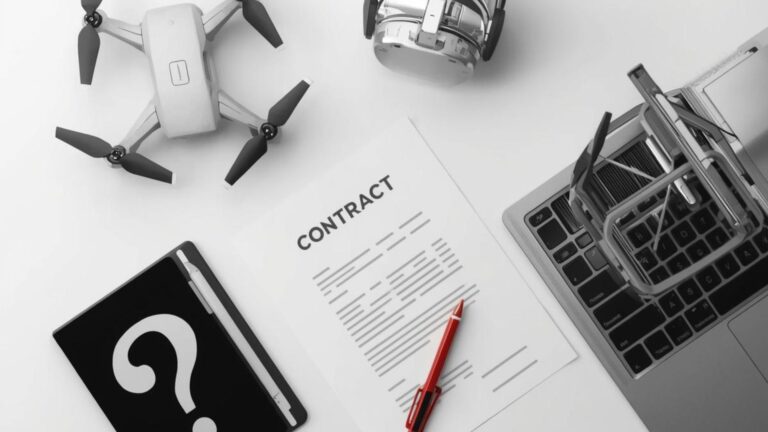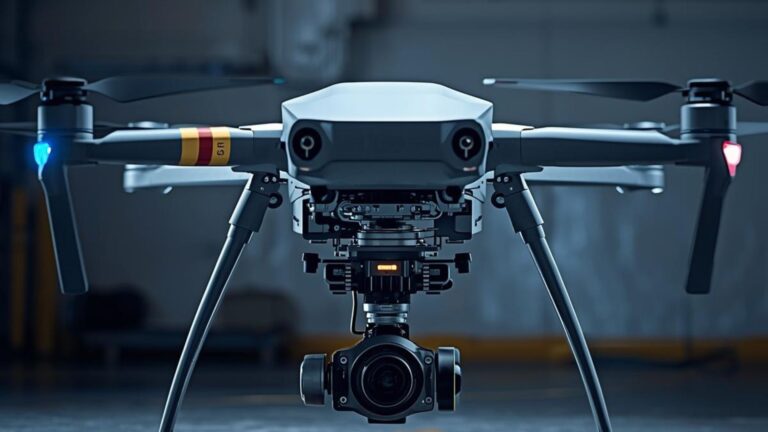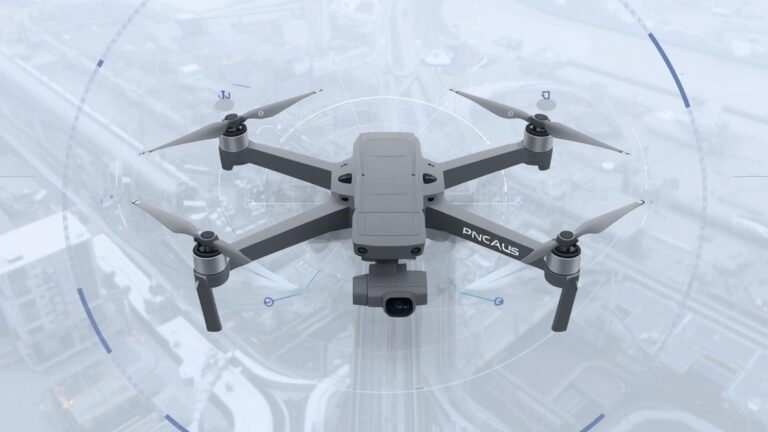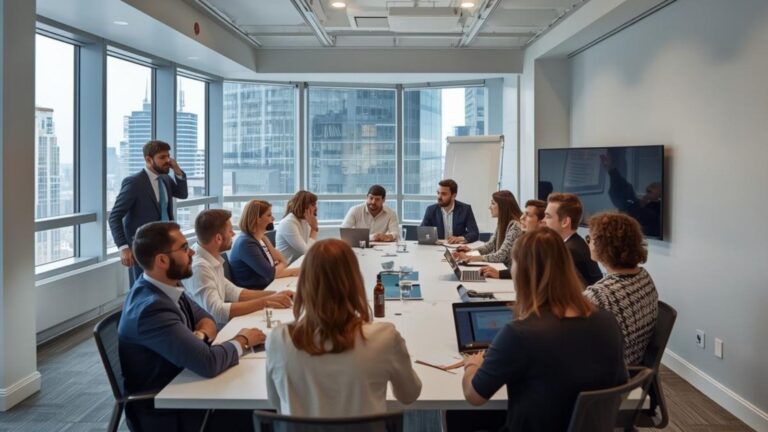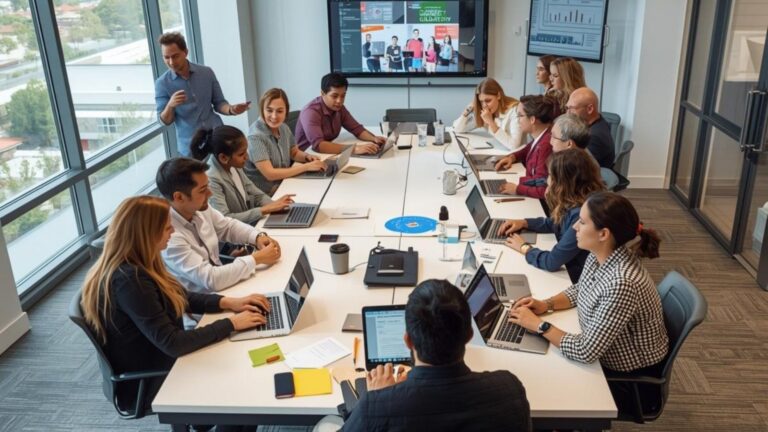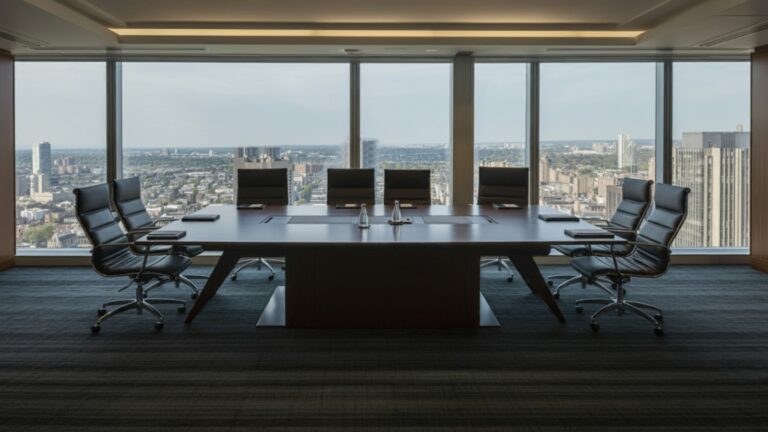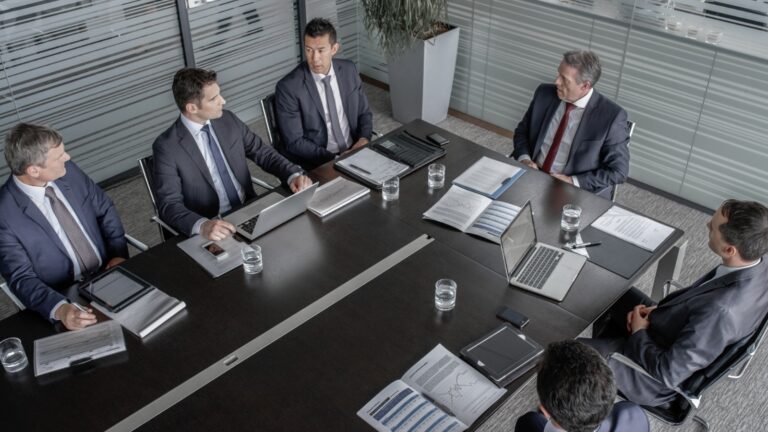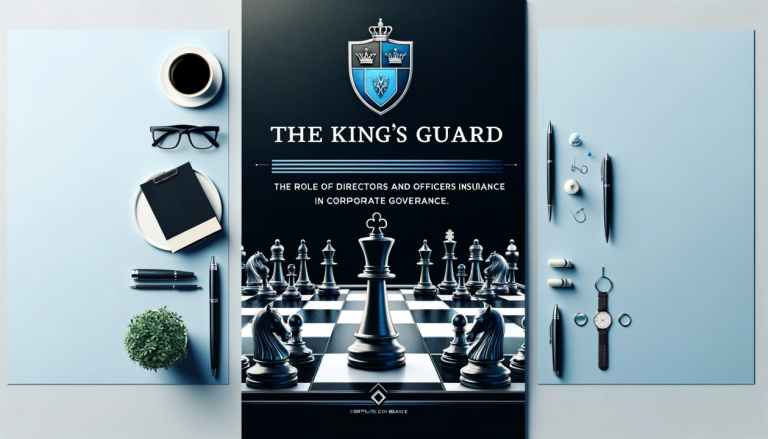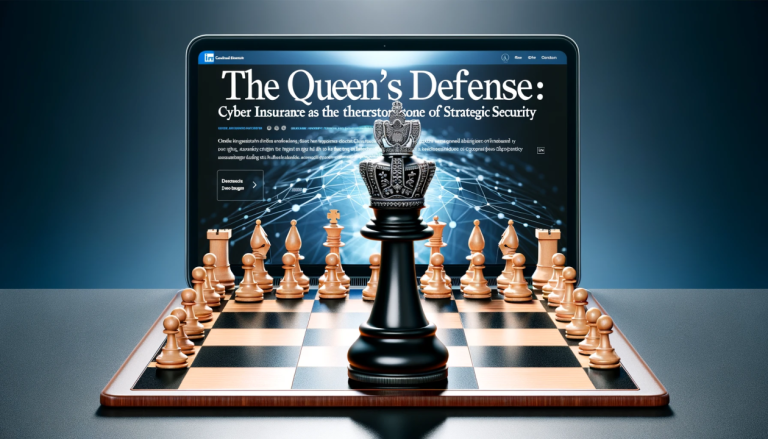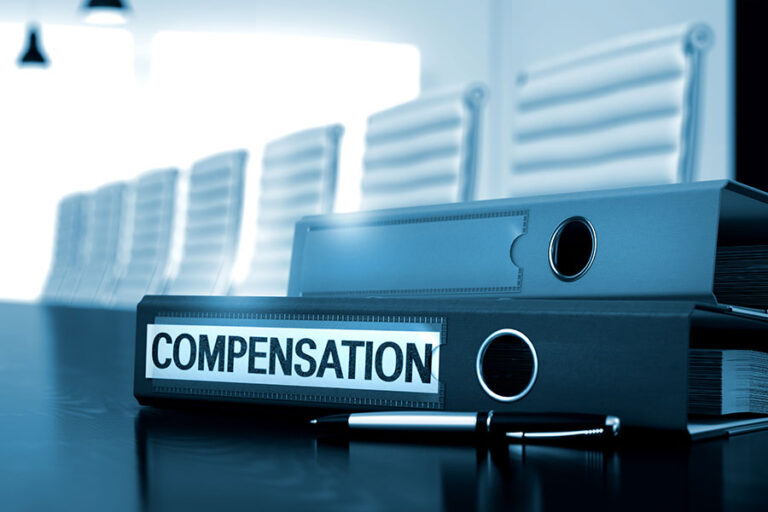Standard Professional Liability
A typical E&O policy covers mistakes or failures in the performance of professional services. It’s meant for businesses like consultants, accountants, software developers, architects, etc. If a client claims that you were negligent, made an error, or failed to deliver what was promised in your contract, and this mistake caused them a financial loss, your E&O policy would cover the legal defense and any damages.
For example, if an IT consulting firm’s software implementation goes wrong and crashes a client’s system, leading to losses, the client could sue for negligence and the firm’s professional liability insurance would respond. However, standard E&O policies often have exclusions for media-related acts – they might not cover libel, copyright issues, or other content/publication injuries, because those are not considered part of the typical professional service error.
Media Liability (Specialized E&O)
Media liability insurance is designed specifically to cover the gaps left by a standard professional liability policy when it comes to content. It addresses the unique exposures faced by media professionals, marketers, and any content publishers. This policy kicks in for claims like defamation, infringement of intellectual property, or privacy violations arising from the insured’s content.
In practice, media liability functions much like E&O but for a different category of wrongful acts. For instance, if a marketing firm is sued because an advertisement they created allegedly defamed someone or misused a trademark, a media liability policy would cover it (whereas a generic E&O policy might exclude that situation). In short, media liability is a form of professional liability insurance fine-tuned for content and communication risks. It offers broader coverage for intellectual property and reputational harm issues that general E&O usually doesn’t address fully.
Why You Might Need Both
Many businesses need to carry both a general professional E&O policy and a media liability policy, depending on their operations. A software company, for example, needs E&O to cover software bugs or project failures, but if that same company also publishes technical blogs or marketing content, it may require media liability coverage to protect against lawsuits over what’s written in those posts. Another example: a consulting firm’s E&O covers errors in their consulting advice to clients, but if the firm issues a whitepaper that accidentally disparages a third party or uses a copyrighted graphic, only a media liability policy would cover that claim. Businesses sometimes assume their standard professional liability insurance covers all mistakes, but content-related claims are a different beast. If you engage in publishing, advertising, broadcasting, or any public communications as part of your work, you should secure media liability coverage to be fully protected.
In summary, professional liability insurance and media liability insurance serve different, complementary purposes. Professional (E&O) liability protects against claims of subpar work or professional negligence, typically in one-on-one client relationships. Media liability protects against claims related to what you publicly say or show to the world at large. Both are crucial in their respective areas.
Companies and individuals must evaluate their activities: if you provide expert services or advice, E&O is a must; if you also disseminate content (through websites, social media, publications, etc.), media liability insurance is just as essential. Having the appropriate coverage ensures you’re not caught off guard by a lawsuit that falls into a coverage gap between the two types of policies.






